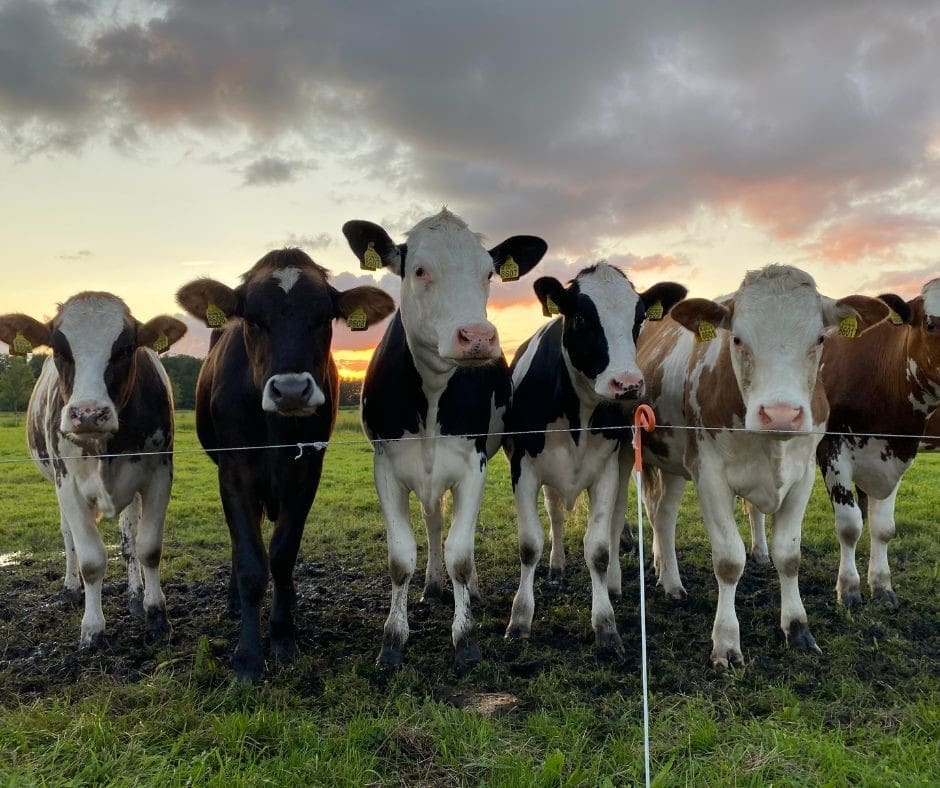By Trish Svoboda
In a recent episode of the Cattle Chat podcast, veterinarians from Kansas State University offered their expert knowledge to assist beef producers in understanding the transmission of the highly pathogenic avian influenza (HPAI) virus and its potential implications for cattle operations.
Unlike most viruses, the influenza virus can cross species, moving between birds and pigs, and occasionally other animals, including humans.
Brian Lubbers, a veterinarian at K-State, explained that the term ‘highly pathogenic avian virus’ is used because it causes a high death rate in birds. The virus often travels from wild birds along their migration routes to commercial poultry farms, resulting in high mortality.
Dairy cattle’s experience with the HPAI virus differs from typical viruses, impacting mid-lactation cows with fever and reduced milk production. Veterinarians confirm the virus’s presence through testing and detecting viral genetic material. However, detection doesn’t necessarily indicate a live virus in the animals or tested products like milk or meat.
Understanding diseases in cattle is complex and time-consuming, with much to learn about this virus. Government agencies are restricting cattle movements, with USDA APHIS developing regulations for interstate movement of lactating dairy cattle. Lubbers advises working with local veterinarians for updates and maintaining vigilance on operations, including monitoring workers if a herd tests positive.













